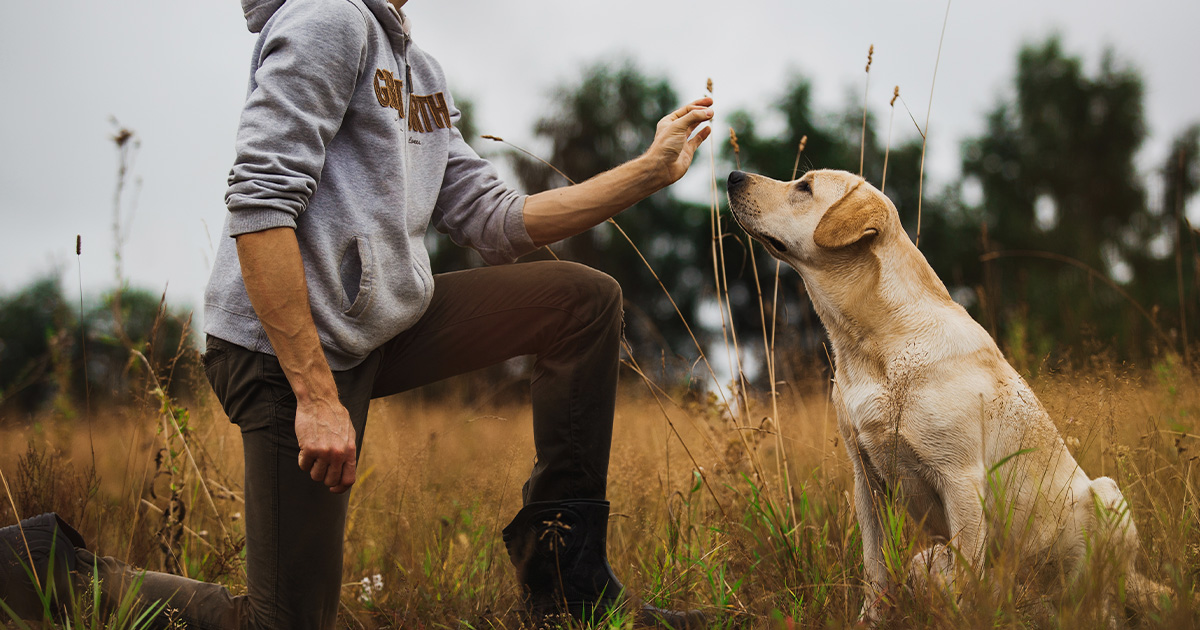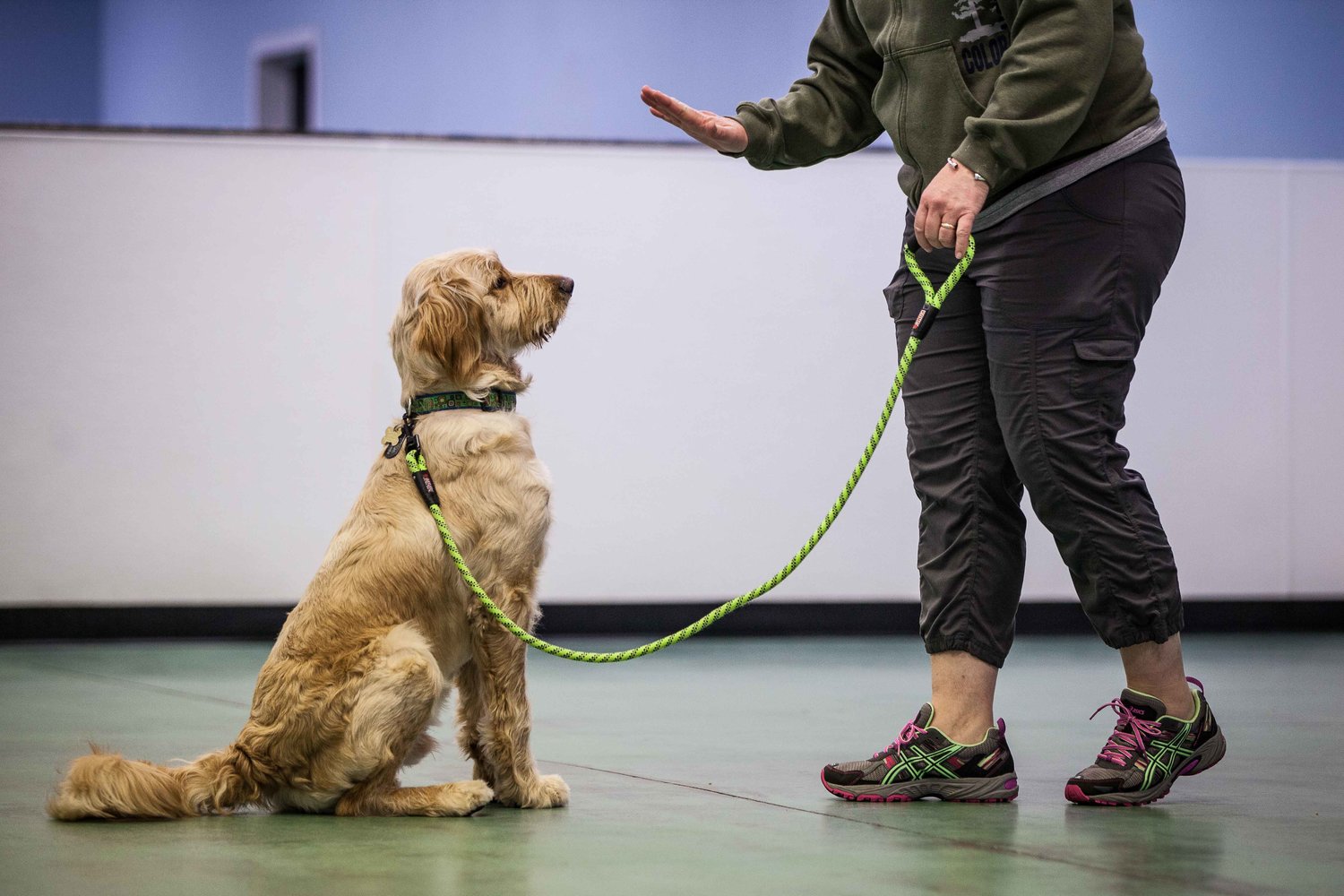Dog Training Techniques to Help Manage Aggressive Behavior in Dogs
Transform Your Dog's Actions With Proven Training Techniques
Changing your pet's actions requires a nuanced understanding of their individual qualities and needs, as well as the application of tested training techniques. Uniformity in your training strategy not just boosts obedience but additionally cultivates a deeper bond of trust fund and respect between you and your animal.
Recognizing Dog Behavior
Understanding canine habits is necessary for efficient training and interaction between human beings and their canine friends. Dogs, as social animals, exhibit a series of actions influenced by genes, environment, and experiences - Dog training. Identifying these behaviors assists proprietors customize their training approaches to fulfill the certain requirements of their pet dogs
Trick facets of pet dog actions include body movement, vocalizations, and social interactions. A wagging tail commonly indicates excitement, while a lowered head may signify entry or worry. Comprehending these signals can assist proprietors analyze their pet dog's mood and react suitably. In addition, socializing plays an essential role in forming habits; canines that interact positively with various individuals and other pets are usually more well-adjusted and adaptable.
Moreover, acknowledging tension signals-- such as panting, pacing, or evasion habits-- can protect against acceleration right into much more significant issues. Proprietors who are in harmony with their canine's actions can develop a caring and safe setting, promoting depend on and enhancing the training process. Ultimately, a deep understanding of canine habits lays the foundation for a harmonious partnership and reliable training outcomes, ensuring both canines and their proprietors flourish with each other.
Favorable Reinforcement Techniques
Positive reinforcement strategies are widely identified as one of one of the most efficient techniques for training pet dogs, cultivating a favorable learning environment. This technique involves satisfying preferred habits with deals with, appreciation, or play, therefore encouraging the dog to duplicate those habits. Unlike revengeful methods, positive support builds count on and reinforces the bond between the pet dog and the instructor.
Incentives should be offered immediately following the desired actions to aid the pet dog make the link. Uniformity is additionally important; making use of the very same commands and benefits helps the canine comprehend what is expected.
It is vital to keep in mind that favorable reinforcement is not concerning bribery; instead, it has to do with reinforcing good behavior. Over time, as the dog finds out to associate particular actions with positive outcomes, the frequency of benefits can be progressively lowered, transitioning to spoken praise or intermittent incentives. This technique not just urges obedience yet additionally advertises a positive and delighted pet dog, making training a much more pleasurable experience for both celebrations entailed.
Attending To Typical Concerns
Resolving usual concerns during canine training is crucial for guaranteeing a effective and unified partnership between the dog and its proprietor. Several pet dog owners experience behavior obstacles, such as excessive barking, jumping, and leash pulling. Understanding the source of these actions is essential for effective training.
Too much barking may originate from dullness, anxiety, or a lack of socializing. To minimize this, offer enough workout, mental stimulation, and chances for social communication with both people and various other pets. Jumping can usually be a sign of enjoyment or a need for attention. Educating the canine to rest upon greeting can redirect this behavior positively.
Chain pulling is one more widespread concern, regularly resulting from a canine's enthusiasm to explore. Using correct chain handling methods, incorporated with training methods that encourage loose-leash strolling, can significantly improve this habits.
Furthermore, issues like resource safeguarding or splitting up anxiety need customized approaches. Gradual desensitization and counter-conditioning can be efficient in attending to these obstacles. By recognizing and proactively handling these typical concerns, dog owners can cultivate an extra delightful training experience and strengthen the bond with their canine companions.
Consistency in Training

To achieve consistency, it is essential that all participants of the family follow the same training approaches. For example, making use of the very same verbal cues and hand signals ensures that Bonuses the pet dog obtains uniform messages. In addition, the timing of corrections and rewards must correspond; prompt reinforcement raises the chance that the canine will certainly link the behavior with the end result.
Normal practice sessions, combined with structured routines for feeding, walking, and play, aid pets expect and recognize their environment, making them much more receptive to training. Ultimately, consistency promotes a feeling of security and count on, equipping dogs to learn much more successfully.
Building a Strong Bond
How can cultivating a strong bond between a pet and its proprietor enhance the training experience? When a dog feels secure in its link with its proprietor, it is a lot more likely to show favorable behaviors and be responsive to discovering.
Furthermore, a strong bond promotes far better communication. Dogs are adept at reviewing human hints, and a relying on connection permits more clear signals throughout training. Proprietors who spend time in building this bond with play, socialization, and favorable reinforcement create an environment where pet dogs really feel inspired and eager to discover.
Furthermore, a reputable connection can about his lower stress and anxiety and behavior problems, as dogs are less most likely to act out when they really feel understood and looked after. For that reason, focusing on the development of a solid bond not only enhances the training experience yet likewise contributes to a better and more well-adjusted pet dog. Inevitably, the trip of training transforms right into a collaborative partnership, causing lasting behavior improvements.
Conclusion

Owners who are attuned to their pet's actions can create a nurturing and risk-free setting, promoting trust fund and boosting the training procedure. Ultimately, a deep understanding of canine actions lays the foundation for a harmonious partnership and reliable training end results, making sure both pet dogs and their owners additional info grow together.
Resolving usual issues throughout canine training is crucial for guaranteeing a unified and successful connection in between the canine and its owner.Uniformity is a cornerstone of effective dog training, as it develops a clear framework for the pet to comprehend assumptions and behaviors.In conclusion, transforming a pet's behavior with proven training approaches needs an understanding of canine habits, the application of positive reinforcement strategies, and an emphasis on consistency.